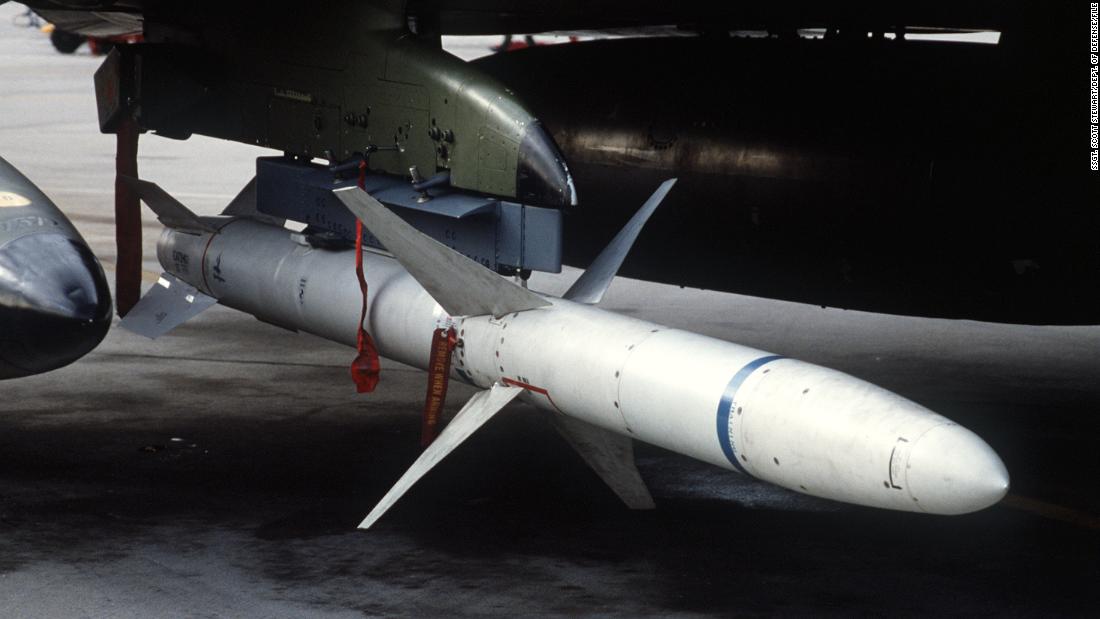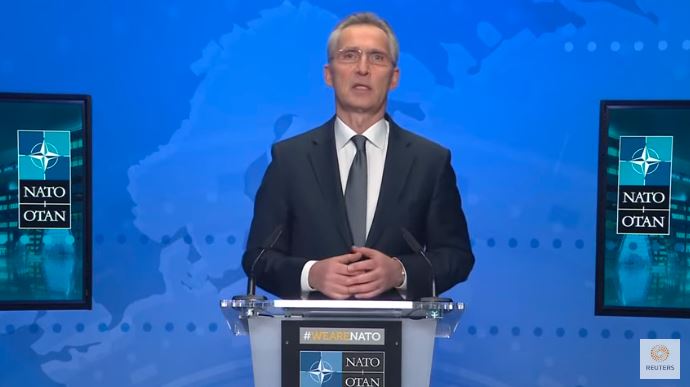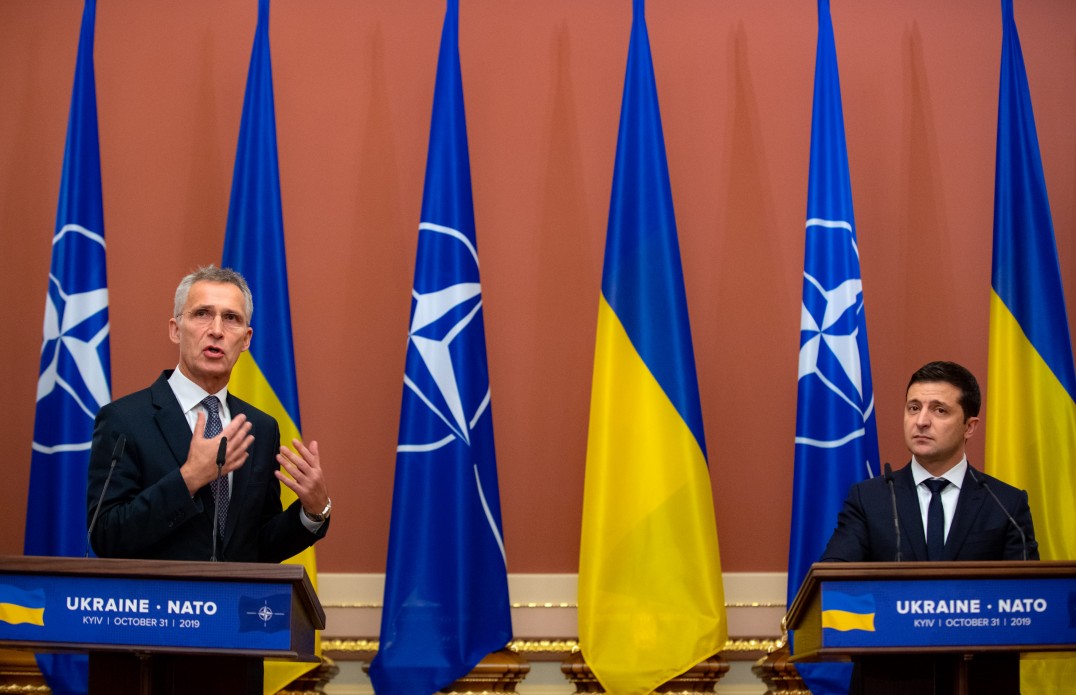The Pentagon announced on 8 August that the US has sent anti-radar missiles for Ukrainian aircraft to target Russian radar systems. This is the first time the Defense Department has acknowledged sending the previously undisclosed missile to Ukraine, CNN reports.
Colin Kahl, the under secretary of defense for policy, said at a press briefing that the US had sent "a number" of the missiles without specifying how many the US has provided or when they were sent. Kahl did not explicitly say what type of anti-radiation missile was sent.
A defense official told CNN the type of missile sent was the AGM-88 High-Speed Anti-Radiation Missile (HARM).
"These 'radar killers' not only give Ukraine significantly more range - they are apparently already in use," t-online reported, referring to Russian Telegram channels, which are said to show the remains of an AGM-88 near Russian positions in Ukraine.
"Thanks to the pictures, we now also know that the Ukrainians received the D variant of the AGM-88," commented ex-soldier and weapons expert Thomas C. Theiner.
https://twitter.com/noclador/status/1556751768222158850?t=pXyv_pgM_M-cbhc2ymmgDA&s=19
According to Theiner, this variant can also be guided to the target with the help of GPS satellites, even if it no longer emits radio waves. "That means even if the Russians shut down their radar systems, they have no chance of escaping the AGM-88." So far it is unclear how exactly the Ukrainians launch the rockets.
Trending Now
"A suspected attack in Kherson Oblast - more than 150 kilometers behind Russian lines - sparked speculation about another possible use of the missile on Tuesday morning. According to eyewitnesses, a Russian ammunition depot was hit in Novooleksiivka north of Crimea.
There have been dozens of such attacks far behind Russian lines in recent weeks, allegedly carried out by long-range missile launchers such as the US' Himars or Germany's Mars II. However, the ammunition for these weapon systems that has been delivered to Ukraine so far has a maximum range of around 80 kilometers. It is therefore completely unclear who or what triggered the explosion so deep in Russian-held territory," t-online summed up.





